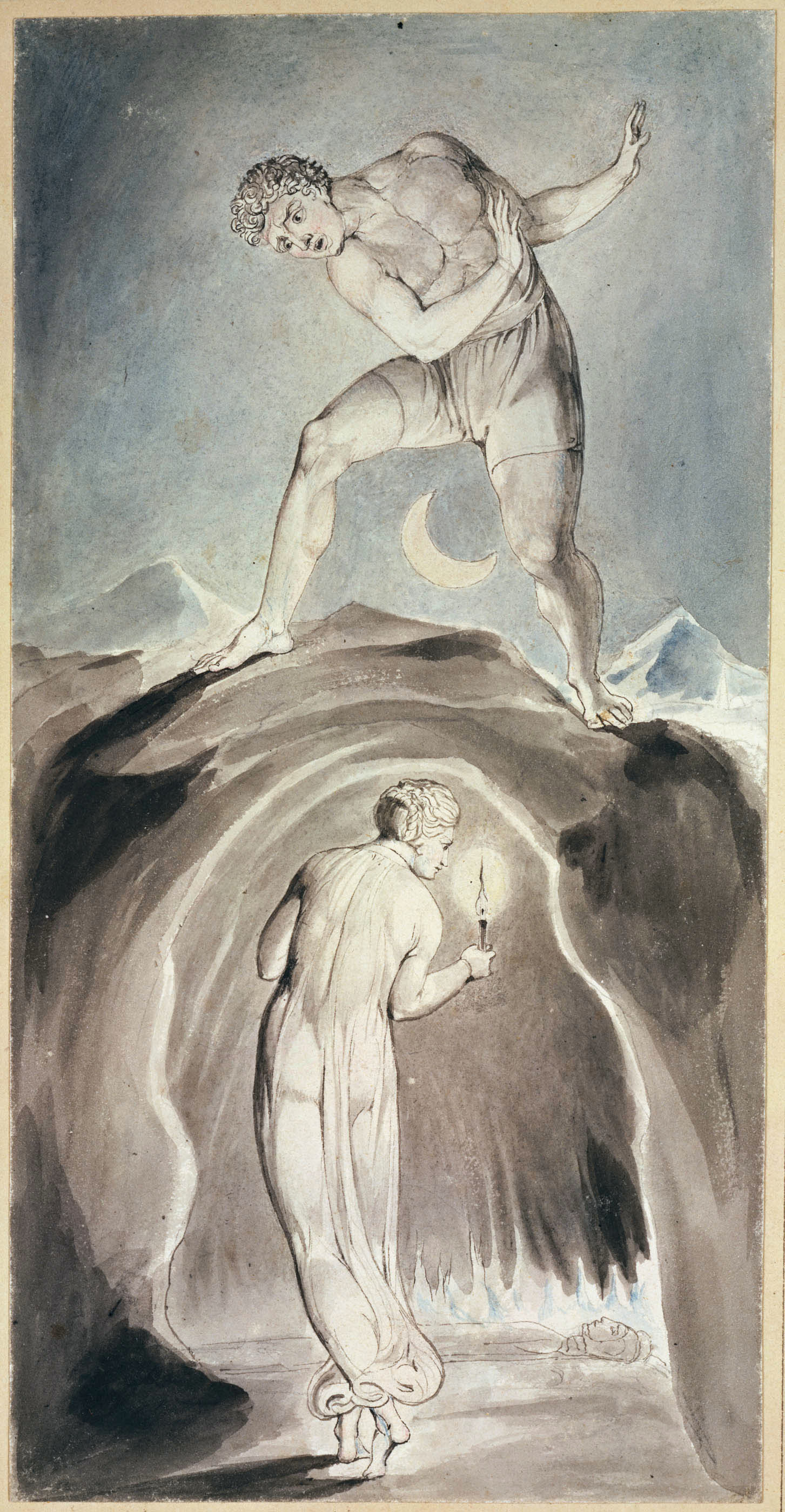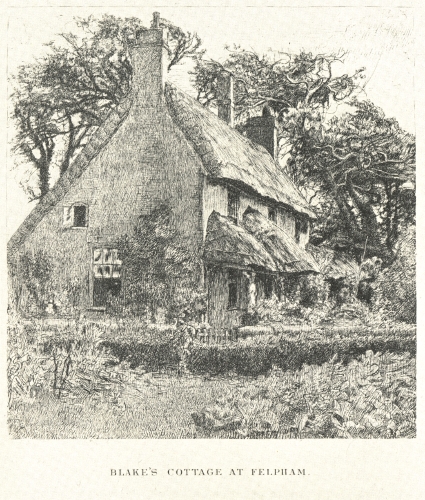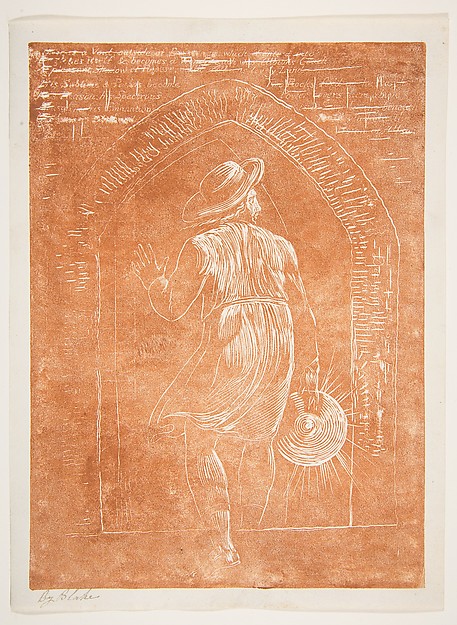Annotations to Wordsworth's Poems (E 665)
London, 1815, Dedicated to Sr G Beaumont
Titles marked "X" in pencil in the table of Contents are: Lucy
Gray, We Are Seven, The Blind Highland Boy, The Brothers, Strange
Fits of Passion, I met Louisa, Ruth, Michael . . . , Laodamia, To
the Daisy, To the small Celandine, To the Cuckoo, A Night Piece,
Yew Trees, She was a Phantom, I wandered lonely, Reverie of Poor
Susan, Yarrow Unvisited, Yarrow Visited, Resolution and
Independence, The Thorn, Hartleap Well, Tintern Abbey, Character
of a Happy Warrior, Rob Roy's Grave, Expostulation and Reply, The
Tables Turned, Ode to Duty, Miscellaneous Sonnets, Sonnets
Dedicated to Liberty, The Old Cumberland Beggar, Ode--
Intimations, &c.
PREFACE [PAGE viii]
William Wordsworth:
"The powers requisite for the production of
poetry are, first, those of observation and description. . . .
whether the things depicted be actually present to the senses, or
have a place only in the memory. . . . 2dly, Sensibility, . . ."
Blake's comment:
"One Power alone makes a Poet.-Imagination The Divine Vision"
William Wordsworth: 1802
"TO H. C. SIX YEARS OLD
O THOU! whose fancies from afar are brought;
Who of thy words dost make a mock apparel,
And fittest to unutterable thought
The breeze-like motion and the self-born carol;
Thou faery voyager! that dost float
In such clear water, that thy boat
May rather seem
To brood on air than on an earthly stream;
Suspended in a stream as clear as sky,
Where earth and heaven do make one imagery;
O blessed vision! happy child!
Thou art so exquisitely wild,
I think of thee with many fears
For what may be thy lot in future years.
I thought of times when Pain might be thy guest,
Lord of thy house and hospitality;
And Grief, uneasy lover! never rest
But when she sate within the touch of thee.
O too industrious folly!
O vain and causeless melancholy!
Nature will either end thee quite;
Or, lengthening out thy season of delight,
Preserve for thee, by individual right,
A young lamb's heart among the full-grown flocks.
What hast thou to do with sorrow,
Or the injuries of to-morrow?
Thou art a dew-drop, which the morn brings forth,
Ill fitted to sustain unkindly shocks,
Or to be trailed along the soiling earth;
A gem that glitters while it lives,
And no forewarning gives;
But, at the touch of wrong, without a strife
Slips in a moment out of life."
Blake's comment:
"This is all in the highest degree Imaginative & equal to any
Poet but not Superior I cannot think that Real Poets have any
competition None are greatest in the Kingdom of Heaven it is so
in Poetry"
 |
| Wikimedia Commons Songs of Innocence & of Experience The Fly |
Matthew 18
[1] At that time the disciples came to Jesus, saying, "Who is the greatest in the kingdom of heaven?"
[2] And calling to him a child, he put him in the midst of them,
[3] and said, "Truly, I say to you, unless you turn and become like children, you will never enter the kingdom of heaven.
[4] Whoever humbles himself like this child, he is the greatest in the kingdom of heaven.
The image is from William Blake Painter and Poet, Richard Garnett, Keeper of the Printed Books in the British Museum, 1895.

















